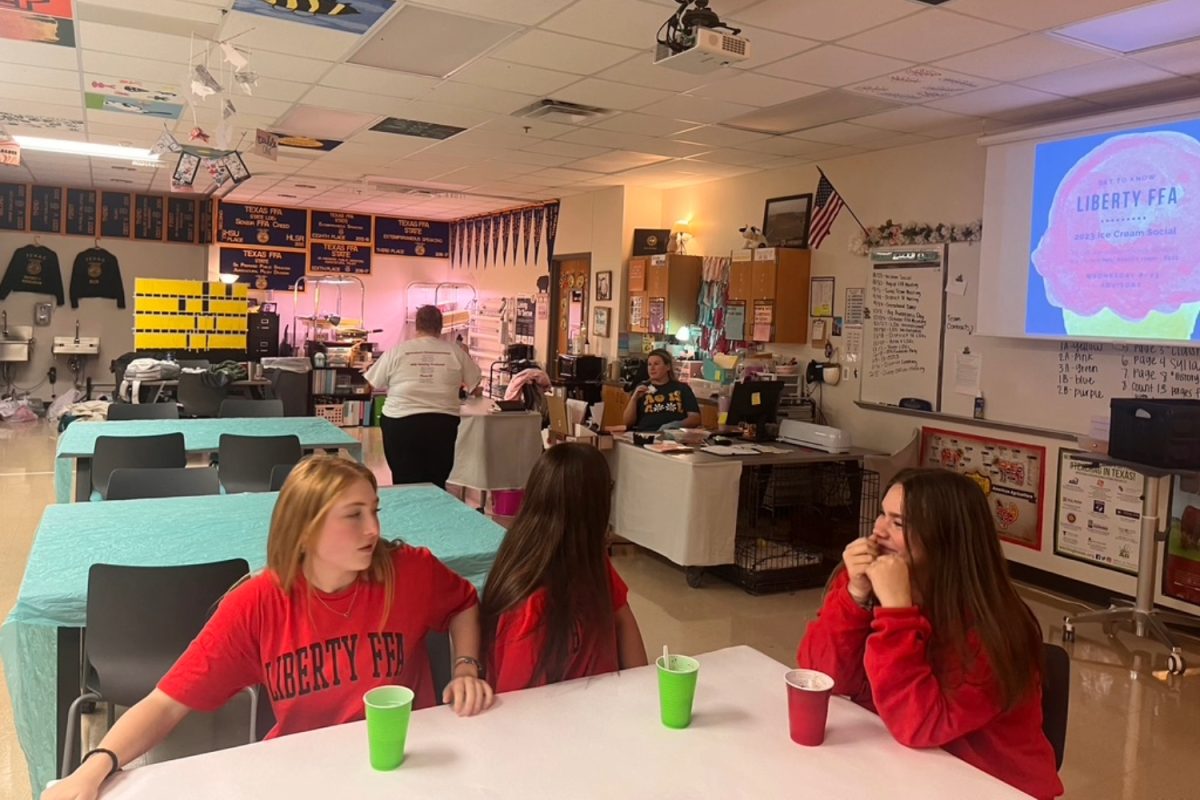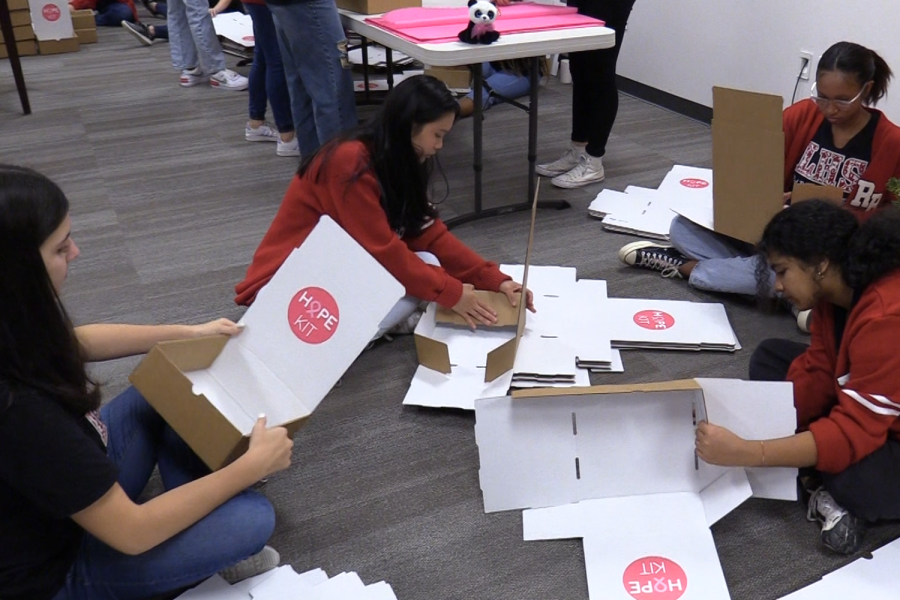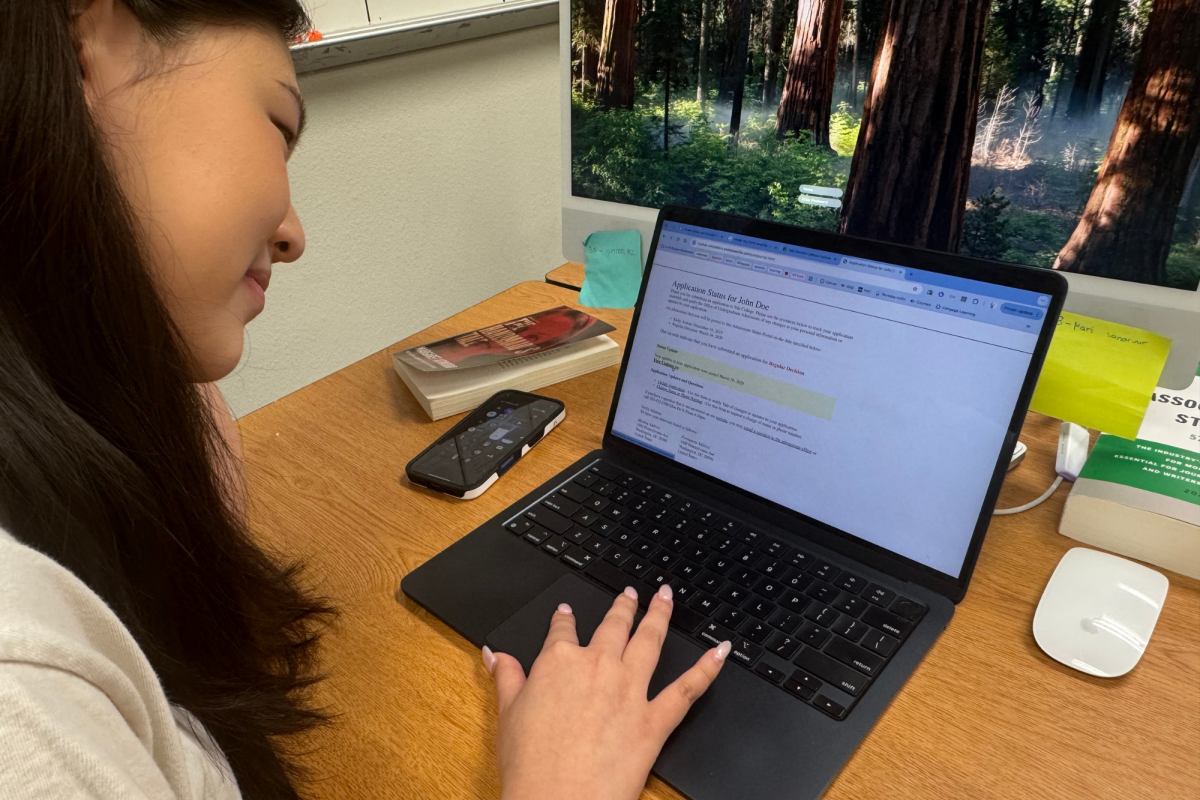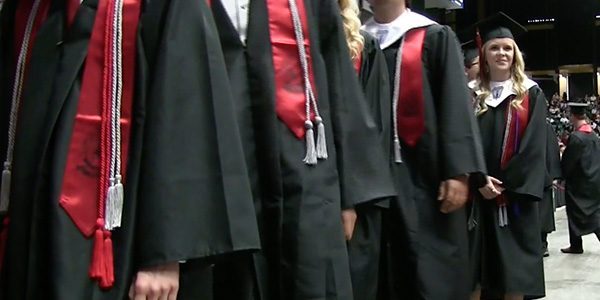Popular projects become staples on campus
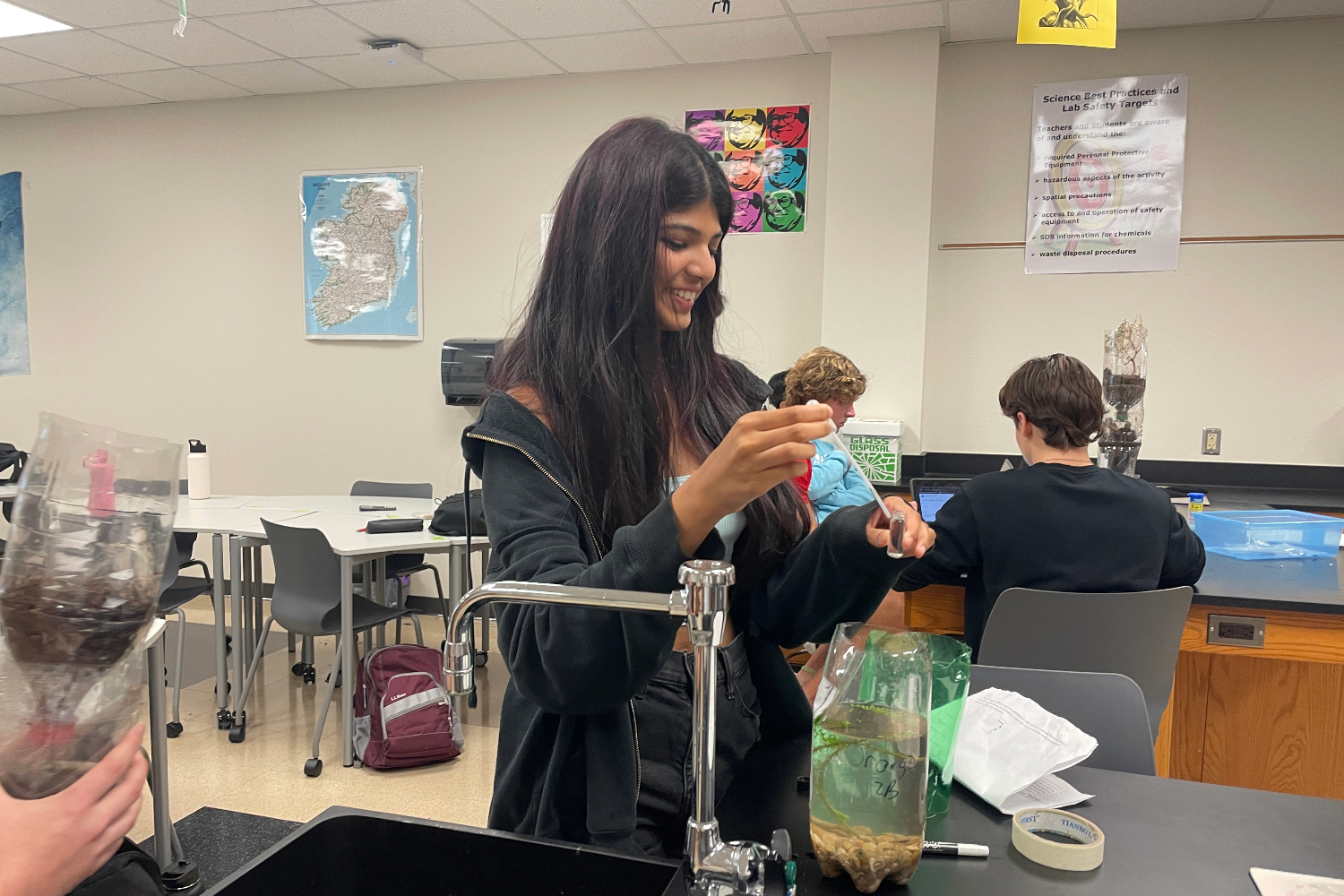
![In AP Environmental Science, students partake in creating an ecocolumn. “[Ecocolumns] have a bit of a reputation as a cool thing to do in APES,” AP Environmental Science and AP Biology teacher Richard Sabatier said.](https://libertywingspan.com/wp-content/uploads/2023/09/IMG_8183.jpg)
Ecocolumns and ceiling tile paintings; to an outsider, they appear as simple projects, but for many students on campus, they are rites of passage in their respective classes: AP Environmental Science, APES, and Precalculus.
For ecocolumns, students get to take empty 2-liter bottles, soil, seeds, a fish and a snail and create a functioning ecosystem to observe over the course of three weeks.
“[Ecocolumns] have a bit of a reputation as a cool thing to do in APES,” AP Environmental Science and AP Biology teacher Richard Sabatier said. “So we want to get you guys excited, and it’s really cool in that like it shows you guys kind of the stuff we’re talking about in class throughout the course of the unit.”
For senior Arnav Sareen, the ecocolumn has been a highlight of his AP Environmental Science experience.
“We did the ecocolumns and it really was so fun to see,” Sareen said. “It was cool to do all the testing on it, like pH levels and that stuff, and to sort of better understand the information through the assignments. We also had a lot of fun naming our fish and our snail, and checking on them every week.”
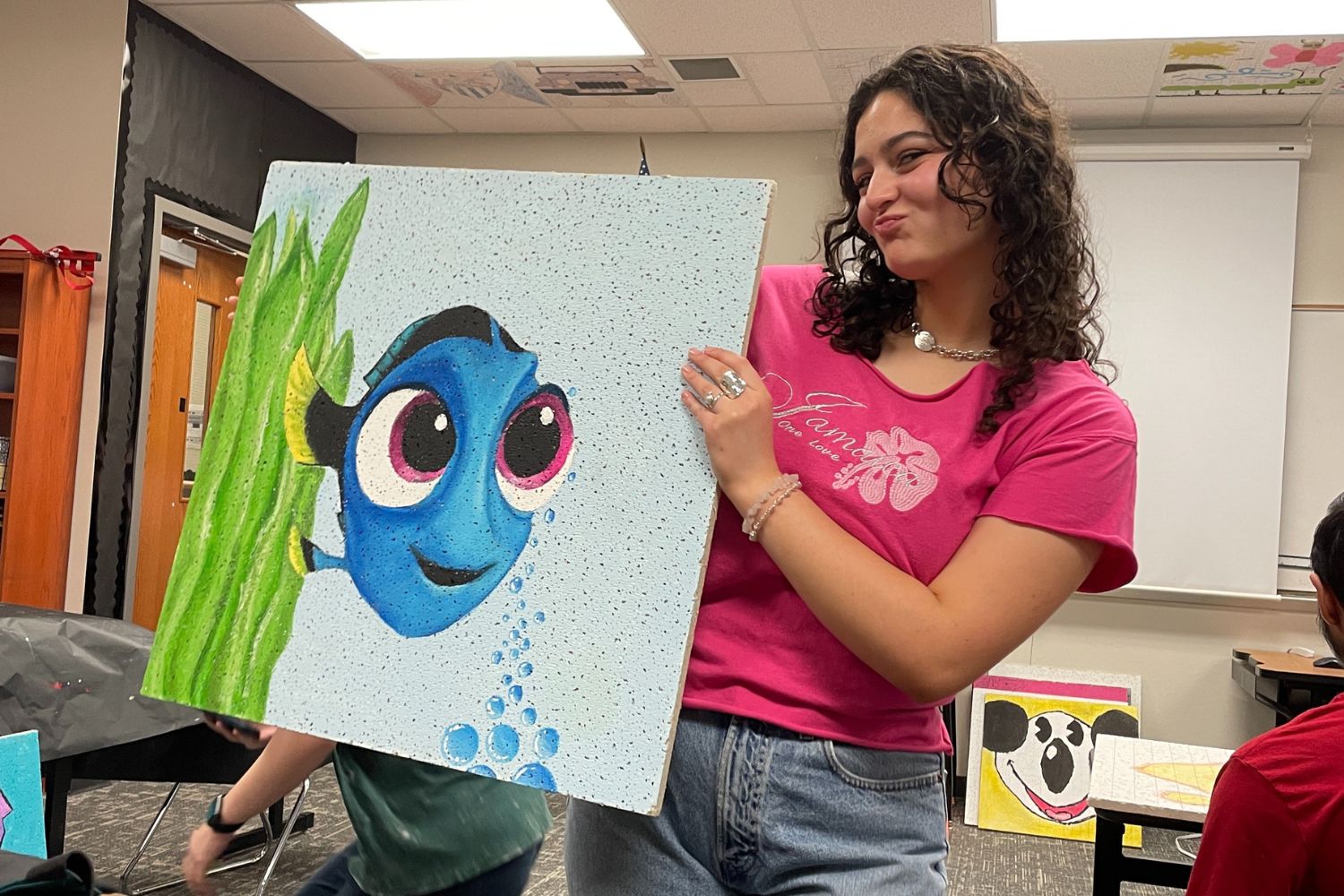
Across the hall in precalculus, students end the school year off with a project where they design and paint ceiling tiles incorporating a variety of mathematical topics.
“We like the ceiling tile project because it directly correlates to the state standards of conic sections for what the students need to know in precalculus,” advanced precalculus teacher Julia Ridgway said. “It also allows students to be creative when applying what they know about conic sections to the project parameters.”
Beyond the learning that takes place in the creation of the ceiling tiles, they can also leave a lasting impact as they adorn the halls and classrooms.
“I loved walking around and seeing people’s ceiling tiles every year,” senior Eva Soto said. “When we did ours, we wanted it to be one that people really liked and thought was good, so we put a lot of effort into it to make it a good grade but also looking really appealing.”
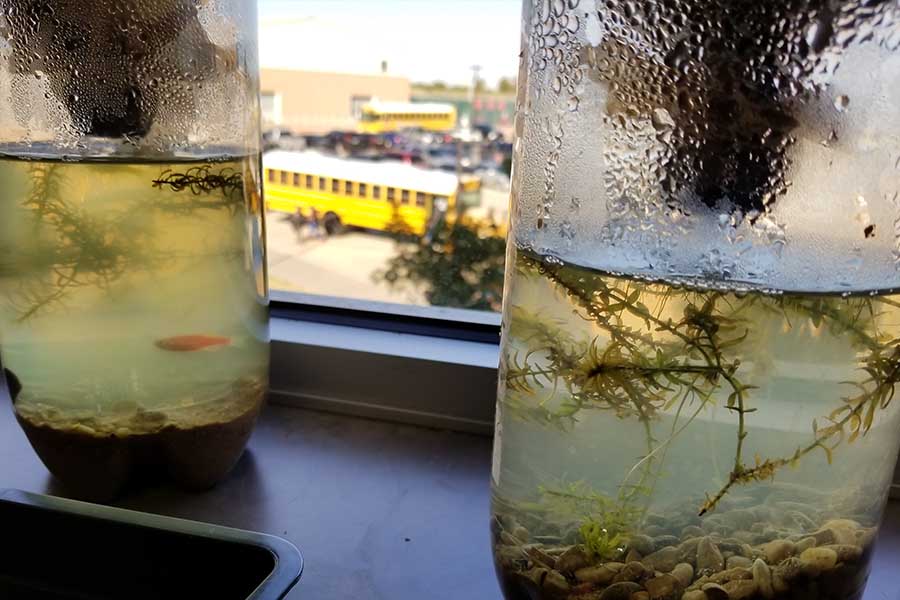
Both of these projects have been campus staples for years, but they still undergo a review process every year, like all other projects students complete in class.
“We’ll look back at what we did last year, and we’ll talk about what worked and what didn’t work,” Sabatier said. “We look both in terms of getting the information across to you guys, in terms of like, skills outside of the classroom that we want you guys to get, and also was it engaging, did you guys like it?”
Student input, both in terms of engagement and content takeaway, plays a role in many teachers’ decisions about projects.
“We want to make sure that what we’re doing is useful to you guys,” Sabatier said. “In terms of content, outside skills, and also engagement. If it’s super boring, then no one’s going to want to do it. But if it’s just fun, but there’s no content there, then it doesn’t work. So we listen to you guys in terms of, did this help you with whatever skills or content and was it something that you guys enjoyed and were excited to do?”
Due to the large amount of content and time constraints that come with AP classes, the value of projects is something AP Biology teacher Chris Ham heavily considers.
“Most common one is probably the value of like, the effort we spend doing this project slash lab is not worth the benefit we get out of it,” Ham said. ““For some things, we don’t have enough time, so we have to cut things or don’t do a full project on it. And we usually find a better alternative way where you get better benefits, but like less time or whatever it is.”
Some subjects, such as science, are application and experiment based. But others, like math, can be harder to adapt to a project, something Ridgway considers when planning projects.
“Usually we try to find projects that cover topics that could be better assessed in a creative way. We know certain math topics are just not suitable for project based activities for students to express their learning and understanding, so a project may not be feasible for many topics,” Ridgway said. “Many projects might need multiple topics to be covered before being able to do an application and time can be a factor when combining topics.”
The review process is a dynamic one. APES ecocolumns have made their return year after year, but other projects in the class have been tweaked or undergone revisions.
“We may totally scrap a project, we may retool it, rework it, we may take parts of it and put it in other places,” Sabatier said. “There’s a project for Unit 2 that we used to do, that we actually figured the general idea that worked better for Unit 1, that was the biomes proposal. So we took that and tweaked it and kind of re-skinned it for something else.”

According to Ham, the most common reason that teachers update projects is based on time.
“Most common one is probably the value of the effort we spend doing this project slash lab is not worth the benefit we get out of it,” Ham said. “And we usually find a better alternative way where you get better benefits, but like less time or whatever it is. So we usually just replace it with something better usually.”
To principal Stacey Whaling, the goal of projects is to show students the application of the skills they learn.
“My big vision, you know, for the campus is that things start to make sense for kids where you don’t go in class and say, ‘I’m never going to use this again,’” Whaling said. “The thought process and the thinking skills that you’re using will translate in other areas, just maybe in a different way. So my goal is that you guys are making connections and you may never use precalculus again, maybe, but the way that you have to use your brain to do it.”



